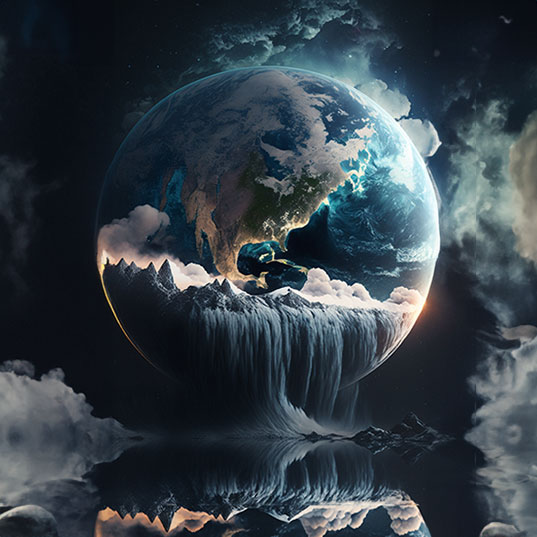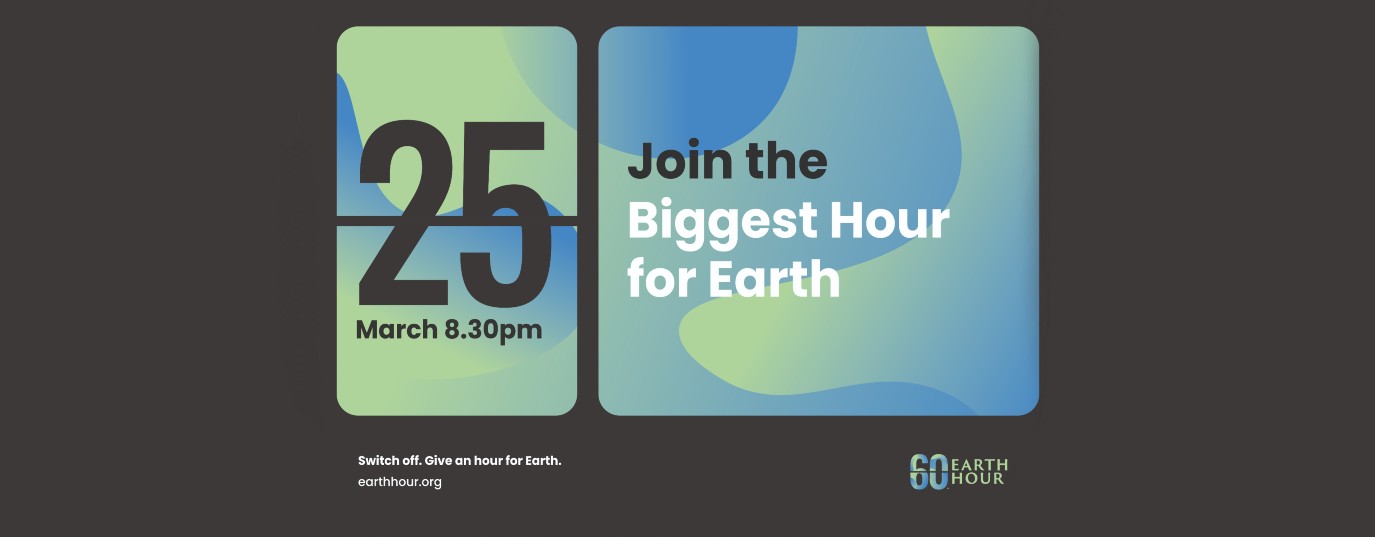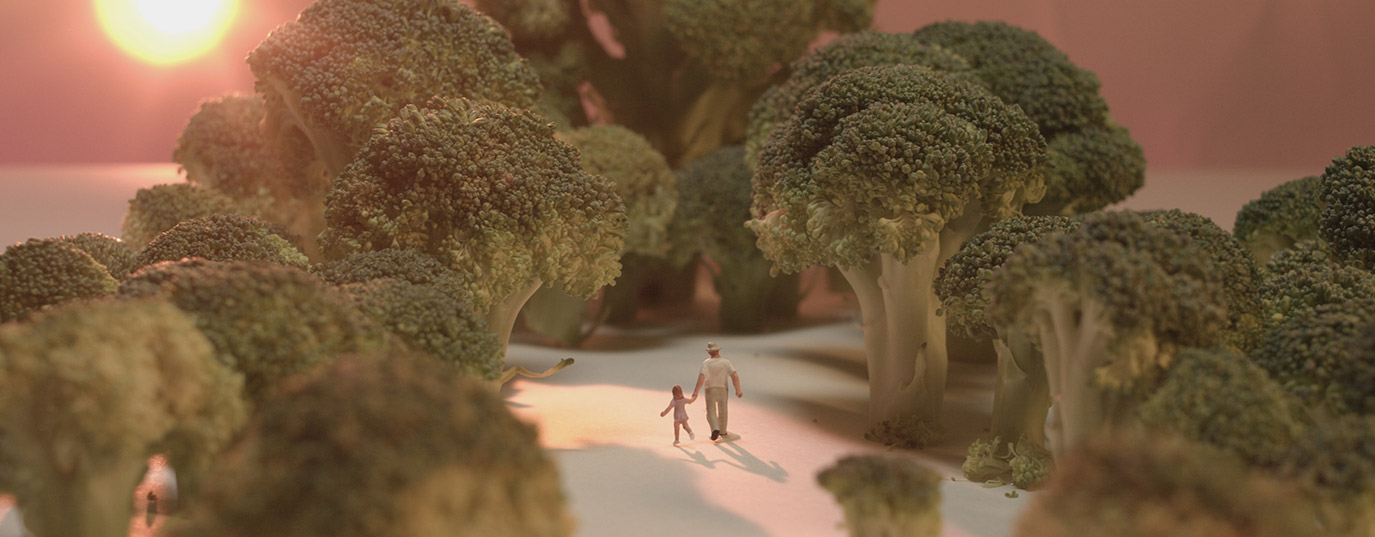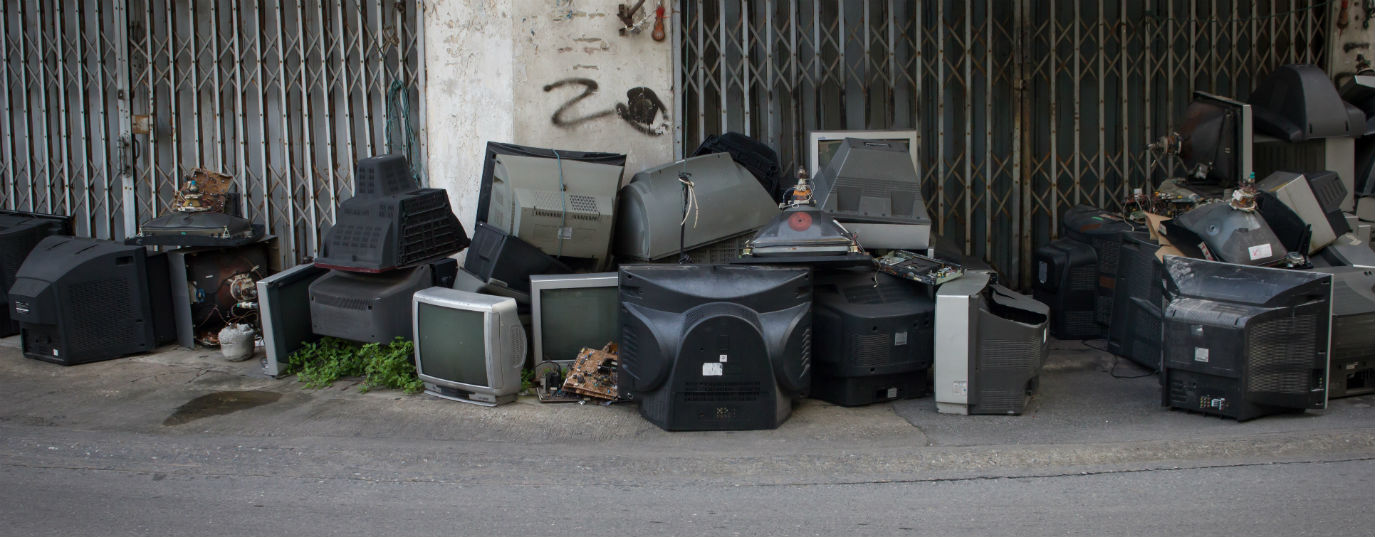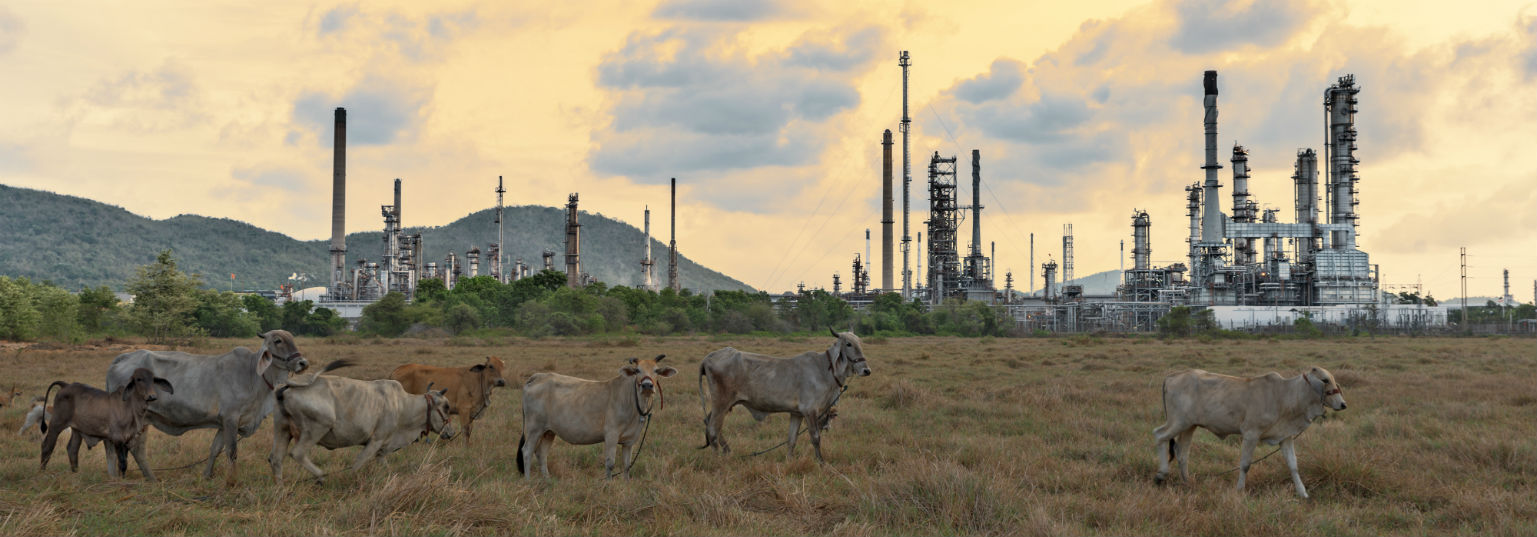What was the planet like a decade ago? The Earth's #10yearschallenge
What if Earth could join this viral challenge which has been inundating social networks? What would it see?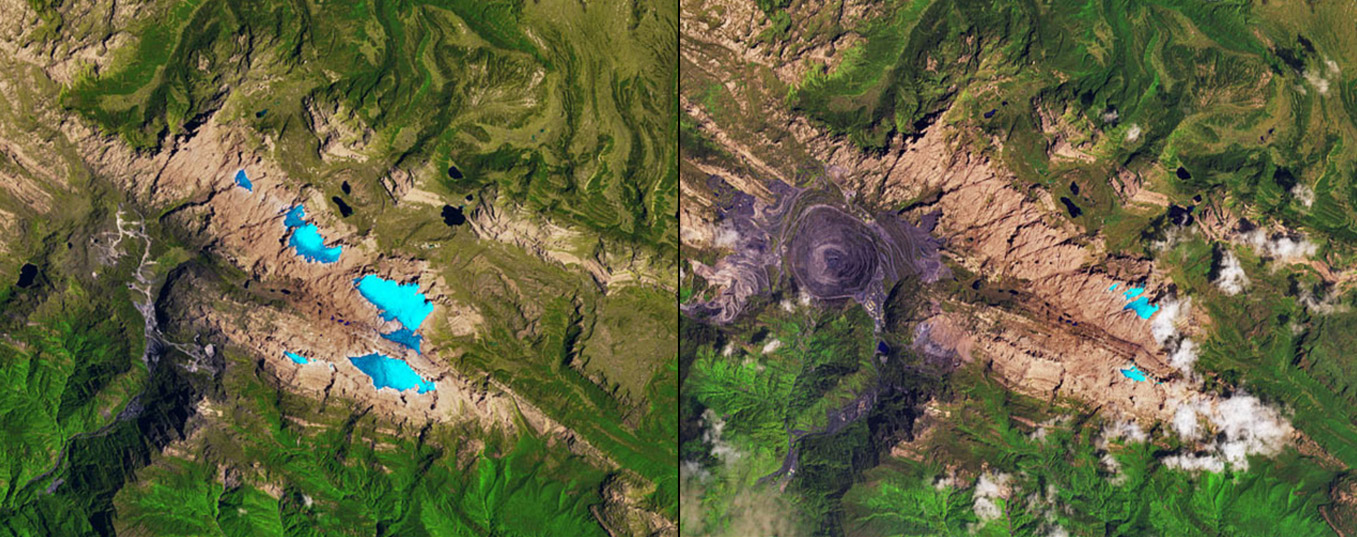
The latest viral challenge which has been inundating social networks since mid-January is called the 10yearschallenge. People post photos of themselves taken 10 years ago to show what time has done to their physical appearance during the last decade. And you can see absolutely everything: from people who have not changed at all to others who have changed completely. But what would happen if the Earth could participate in the challenge? What would our planet think of itself? What would it see? We are going to do this challenge for the planet.
It takes courage to do this task as what we will see is not promising. It would be foolish not to take the outcome very seriously because it is another warning from the planet about the devastating effects climate change is having on it. Let us take a look.
carbon dioxide in the atmosphere #10yearschallenge
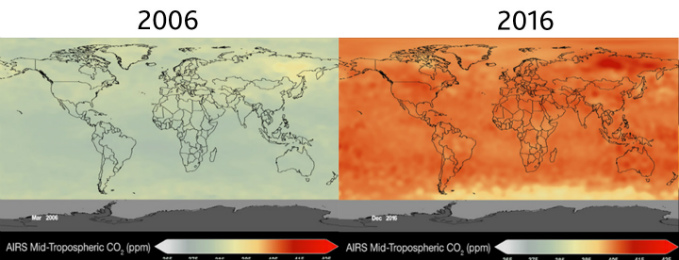
Over the last 26 years, global carbon dioxide emissions have increased by nearly 50%, and in the decade from 2000 to 2010 alone they increased more than in the three previous decades. It is one of the gases that is responsible for air pollution in cities putting its inhabitants' health at risk and, above all, is one of the major causes of global warming and climate change.
The image we see is devastating. It shows the change in the concentration of carbon dioxide produced in the troposphere between 2006 and 2016, and the radical change from the colour ochre to red shows us the very high and dangerous levels we are living with.
Global temperature #10yearschallenge
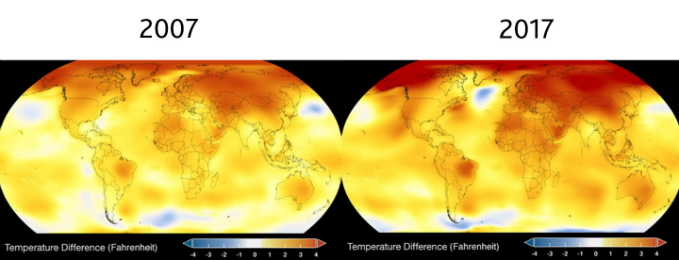
Taking into account the planet's average temperature between 1951 and 1980, the image below shows the change that has taken place during the last decade, with the colour blue indicating the areas that are colder than average, and the dark red marking the areas that are warmer than average.
If we consider that the increase in the quantity of carbon dioxide raises, in turn, the Earth's temperature, we understand what this photograph presents us with: the terrible 10yearschallenge of global warming. In fact, the most recent IPCC report alerts us to the danger that the temperature may continue to rise, and that if we do not stay within the maximum levels established in the Paris Agreement, the consequences for the planet will be deadly.
Arctic ice #10yearschallenge
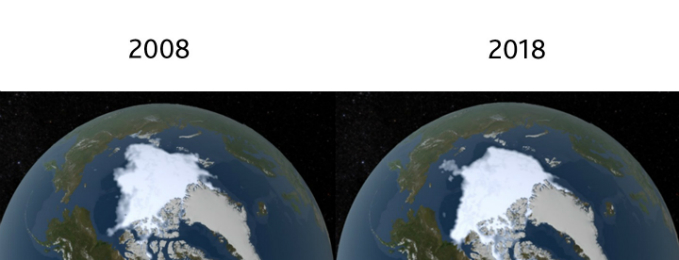
One of the most glaring consequences of global warming is the melting of the polar ice caps as the temperature of the sea is also increasing and melting the polar ice caps in both the Arctic and the Antarctic. If we look at the photo, we can see how the white area, which represents the Arctic, has shrunk. According to the data, the annual loss of mass of the glaciers at the two poles is equivalent to 268 million Olympic swimming pools, and the frozen surface of the North Pole alone is diminishing at a rate of 12.8% per decade.
Sea level #10yearschallenge
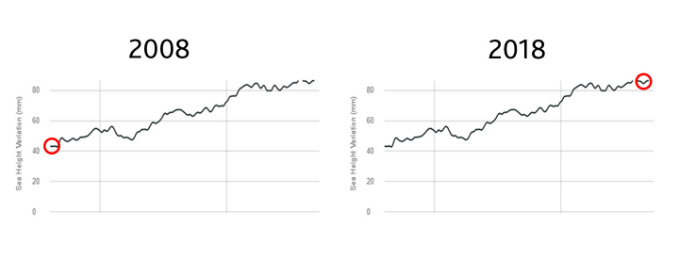
Associated with the shrinking of the glaciers is a deluge of problems, the most obvious of which is the rising sea level. In the graphs below, we can see how the sea level has not only continued to rise over the last decade, but that it is increasing exponentially. The average sea level variation in the global mean is 3.1 (± 0.3 mm) per year, with an annual acceleration of 0.1 mm over a 25-year period.
The effects of the rising sea level have been noticeable for some years now. Sea water is increasingly invading coastal areas, causing the erosion of the terrain and threatening housing and farming areas. Moreover, it causes periods of severe weather, unleashes storms of great intensity and other major atmospheric phenomena that can be a real threat to the populations in their path.
Desertification #10yearschallenge

One of the greatest challenges the planet faces is desertification, the process by which earth that was once fertile gradually becomes unproductive due to indiscriminate logging, overexploitation of the soil and, of course, global warming. According to the United Nations, more than 24 billion tonnes of fertile soil disappear each year, and two thirds of the Earth are in the process of desertification. 10yearschallenge shows how green is giving way to browns on nearly all the continents.
If you want to see more examples of the ravages climate change is causing in a multitude of places on the planet, visit the NASA website showing images of the change, an exercise that illustrates this perfectly without words.
Source: NASA, Agencia Sinc, Earth Observatory


